EMResident Trending Articles
 An estimated 1.6 to 3.8 million sports-related concussions occur annually in the United States, a number that has steadily risen over the past two decades. Reflecting on the latest developments, the 6
An estimated 1.6 to 3.8 million sports-related concussions occur annually in the United States, a number that has steadily risen over the past two decades. Reflecting on the latest developments, the 6
 Acute agitation is a common presentation in the emergency department. Are your practice protocols keeping up with the latest evidence on appropriate medications? It could be time to rethink the fall-b
Acute agitation is a common presentation in the emergency department. Are your practice protocols keeping up with the latest evidence on appropriate medications? It could be time to rethink the fall-b
 Orbital cellulitis is an ophthalmologic emergency that requires immediate diagnosis and management; delayed diagnosis can pose a risk for vision loss and intracranial infectious extension. Point-of-ca
Orbital cellulitis is an ophthalmologic emergency that requires immediate diagnosis and management; delayed diagnosis can pose a risk for vision loss and intracranial infectious extension. Point-of-ca
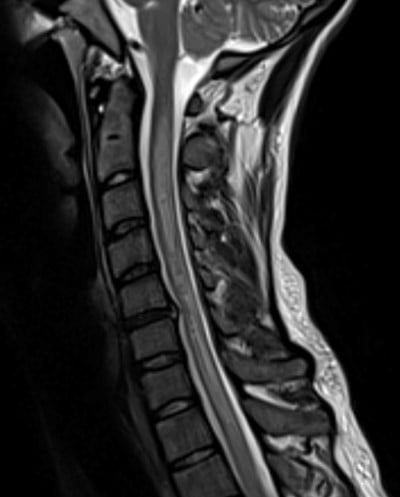 Nitrous oxide toxicity can be difficult to recognize, but when left untreated, it can lead to irreversible neurologic damage. Get some pointers in dealing with this vague presentation.
Nitrous oxide toxicity can be difficult to recognize, but when left untreated, it can lead to irreversible neurologic damage. Get some pointers in dealing with this vague presentation.
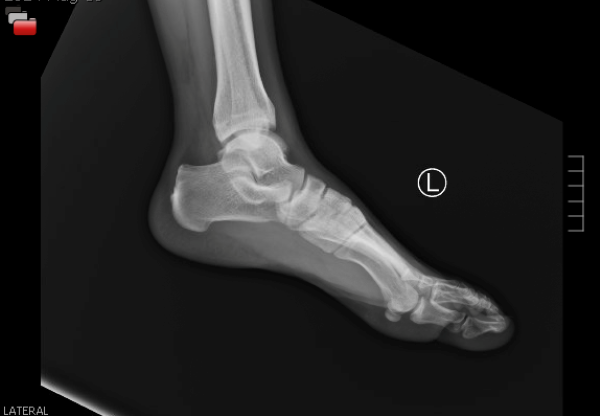 The Achilles tendon is the most commonly ruptured tendon in the human body. This case highlights the utility of bedside point-of-care ultrasound in the emergency department for diagnosing this and oth
The Achilles tendon is the most commonly ruptured tendon in the human body. This case highlights the utility of bedside point-of-care ultrasound in the emergency department for diagnosing this and oth
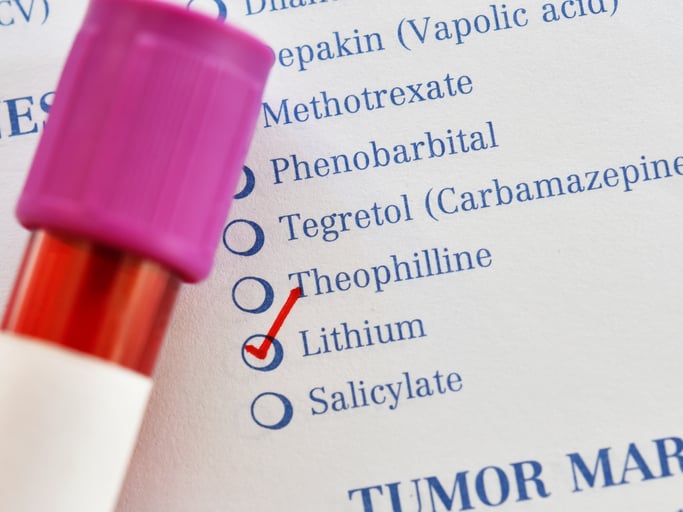 Distinguishing between medical and psychiatric causes of altered mental status (AMS) can be challenging, as the two may present with similar clinical manifestations.1 As a result, patients with underl
Distinguishing between medical and psychiatric causes of altered mental status (AMS) can be challenging, as the two may present with similar clinical manifestations.1 As a result, patients with underl
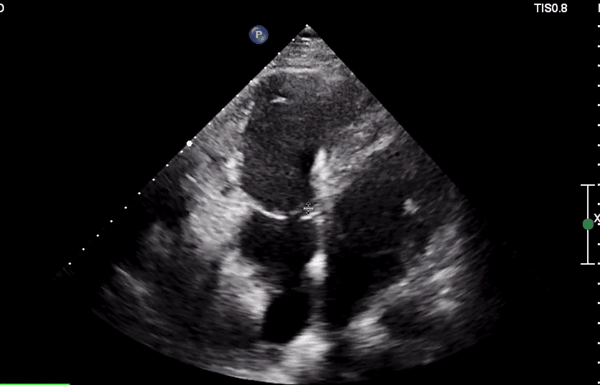 The results of insufficient health care insurance and access can be seen most clearly in the emergency department. This case focuses on managing arrhythmogenic right ventricular cardiomyopathy (ARVC)
The results of insufficient health care insurance and access can be seen most clearly in the emergency department. This case focuses on managing arrhythmogenic right ventricular cardiomyopathy (ARVC)
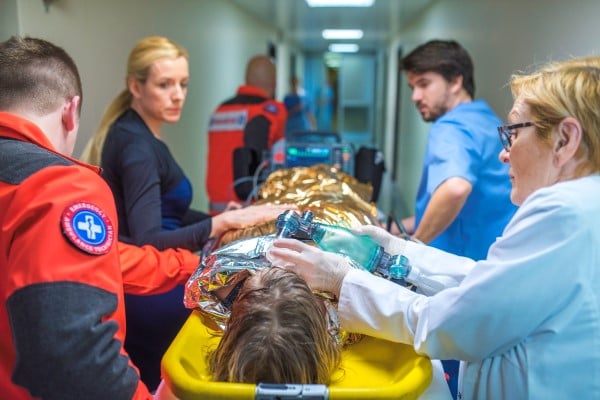 Hypothermia, one part of the deadly trauma triad, requires careful rewarming. This report reviews two cases of hypothermia presenting to resource-limited community sites, both managed via internal tem
Hypothermia, one part of the deadly trauma triad, requires careful rewarming. This report reviews two cases of hypothermia presenting to resource-limited community sites, both managed via internal tem
 Standardization is a noble goal. However, for medical study and training, one size does not necessarily fit all. EMRA members are clear in their desire to raise EM training standards while still allow
Standardization is a noble goal. However, for medical study and training, one size does not necessarily fit all. EMRA members are clear in their desire to raise EM training standards while still allow
 "I could not have gotten through residency without these people." As I am acutely aware of the time counting down until the end of my residency training, I recognize more so than ever before the power
"I could not have gotten through residency without these people." As I am acutely aware of the time counting down until the end of my residency training, I recognize more so than ever before the power


